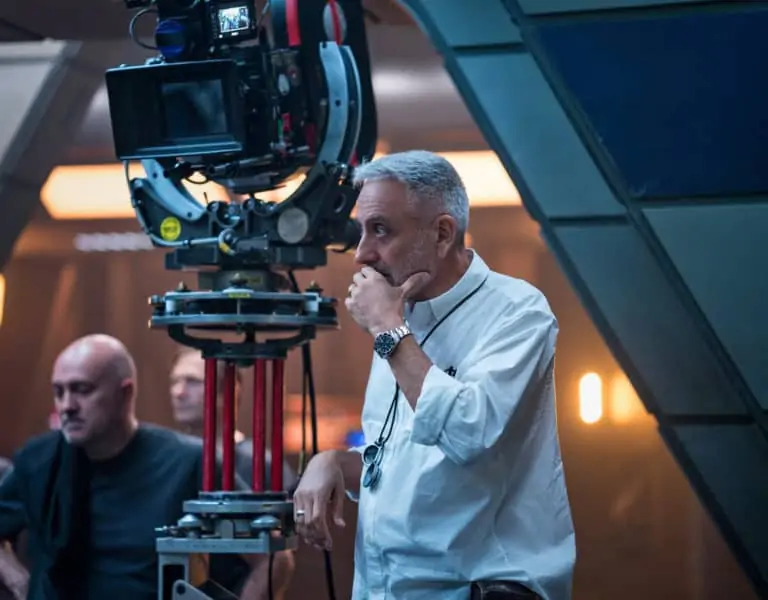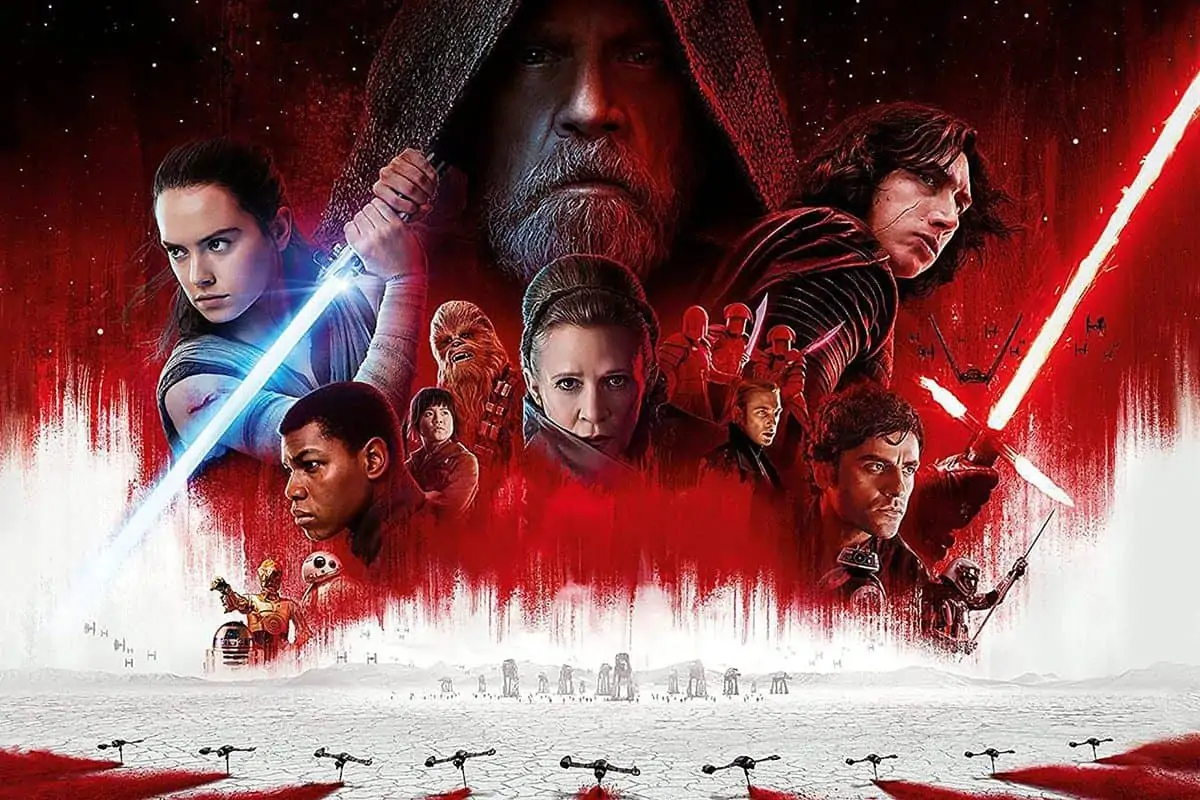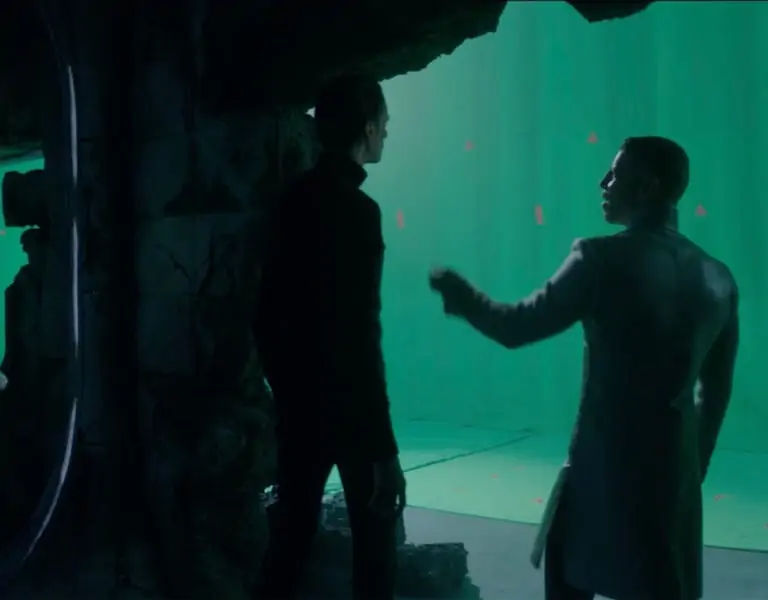Space is the place
Dan Mindel ASC BSC / Star Wars Episode VII: The Force Awakens
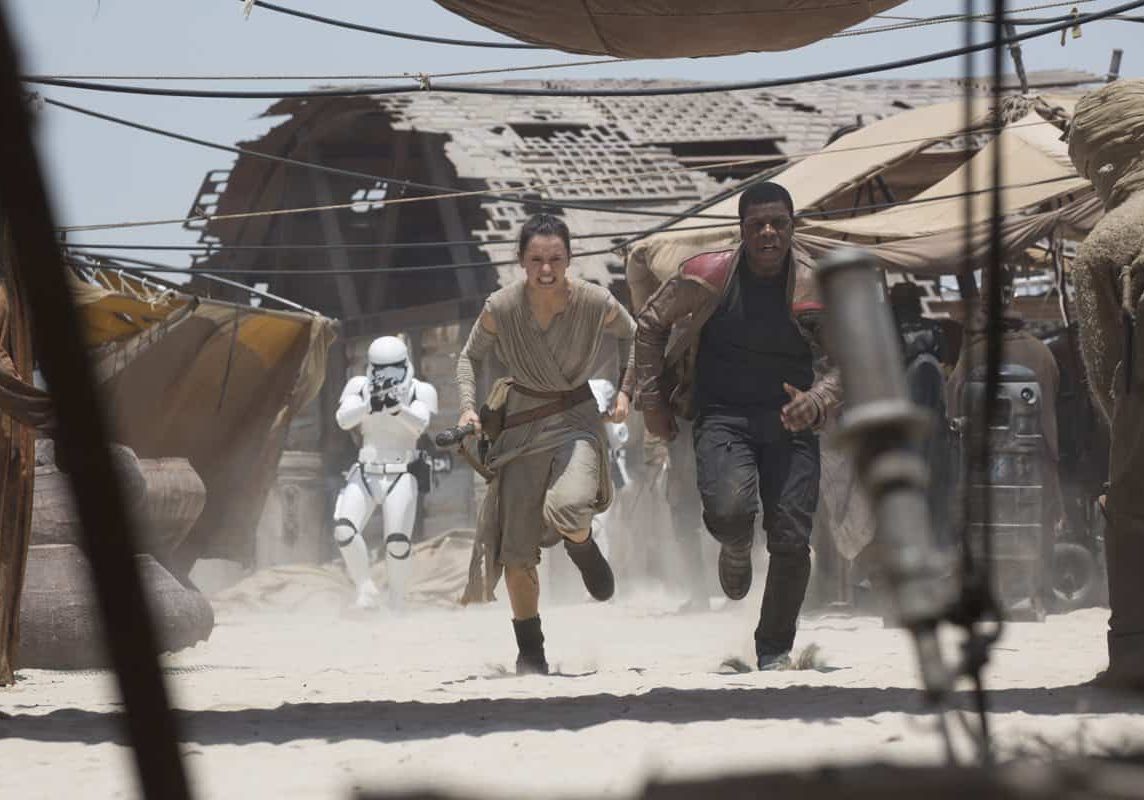
Space is the place
Dan Mindel ASC BSC / Star Wars Episode VII: The Force Awakens
When director JJ Abrams and cinematographer Dan Mindel ASC BSC approached Star Wars Episode VII: The Force Awakens, they weren’t just facing an extraordinarily complex shoot, but the latest chapter in a beloved and iconic franchise. They’d done it before, with Mission: Impossible III and Star Trek Into Darkness. But this was Star Wars, the mother of all sci-fi fantasy films.
“The fans know the backstory and so many more details than I ever will,” Mindel says. “So it’s something we take really seriously and try to honour all the time. The mandate is the same as what we learned from doing the Mission: Impossible and Star Trek movies: we have to protect what came before us.”
Abrams and Mindel have worked on five films together, since Mission: Impossible III nearly ten years ago, and Mindel calls the director “one of the most creative people you’ll ever meet.” Their first conversations on The Force Awakens focused on the look of the film, which would be a nod – in every way from casting to set design – to the original Star Wars. That quite naturally led to their easy decision to shoot on film. “We decided to give the texture of the film a similar feel to period movies made at the time of the first Star Wars movie,” he says.

Working with Panavision in Woodland Hills, California, Mindel settled on two Panavision XL cameras and Kodak 5219 film stock. “I asked them to decorate the cameras in matte black, specially painted for the movie as a commemorative colour,” he says. “We named A-camera Millennium Falcon and B-camera was Dark Star, and Panavision engraved them, to make them something that will be looked at later down the line as the cameras used in the movie.”
Mindel wants to make clear that the decision to shoot on film was not a knee-jerk reaction against digital technology. “We might appear to be Luddites in the decisions we make regarding how these movies are captured,” he adds. “But the truth is that we’re far from it. We look at the technology very carefully and take it very seriously. As far as storytelling goes for the big screen, I can tell you unequivocally that film is by far the most texturized and powerful medium that exists. And that’s why we chose it and why we continue to use it.”
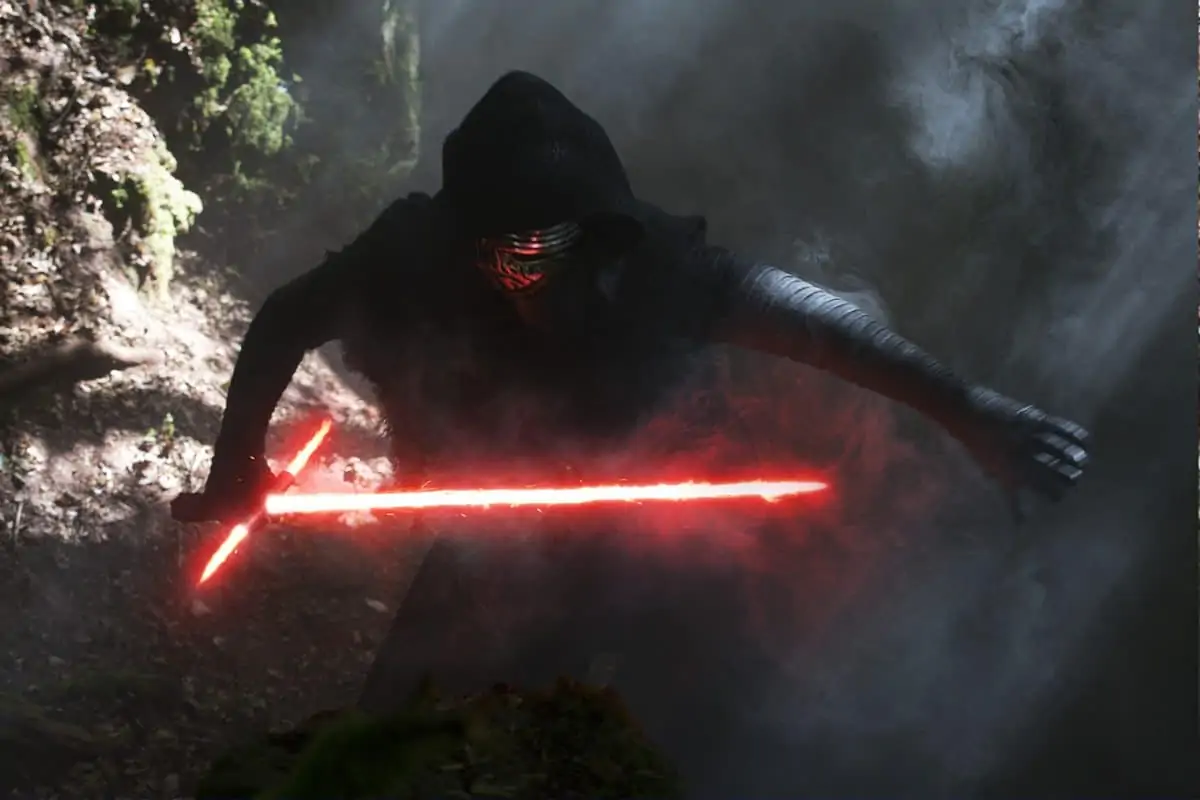
Lenses would be crucial in creating the period look that the filmmakers were going for. For over a year, Mindel worked closely with Panavision vice president of optical engineering Dan Sasaki, to create the lens series he wanted, now called the Panavision Retro Cs.
“Dan is the foremost lens master on the planet,” says Mindel. “I got together with him and my focus puller and, over the year before we started shooting, we were designing these lenses.”
The process was iterative. Sasaki would make a lens, Mindel and his crew would shoot with it, and then they’d all look at the results on a big screen and make whatever tweaks were necessary.
“By working this way, we were able to come up with a series of lenses that looked like how I wanted them to look: a little softer, a little more patina to them than modern lenses,” says Mindel. “These lenses also allowed me not to put diffusion in front of the lens, but rather have it built into the lens. I love what Dan and Panavision did.”
The most challenging aspect of shooting on film was the fact that in the past few years, the infrastructure supporting a film shoot has been falling away. Mindel was determined to make it work although he notes that all the major film labs in the UK had closed, leaving him with few choices. Because The Force Awakens was shot in Pinewood Studios, as well as Abu Dhabi, Iceland and southern Ireland, Mindel leaned towards choosing a lab in Europe. He ultimately picked i-dailies in London, although he considered the possibility of shipping dailies to FotoKem in Los Angeles as a back-up plan.
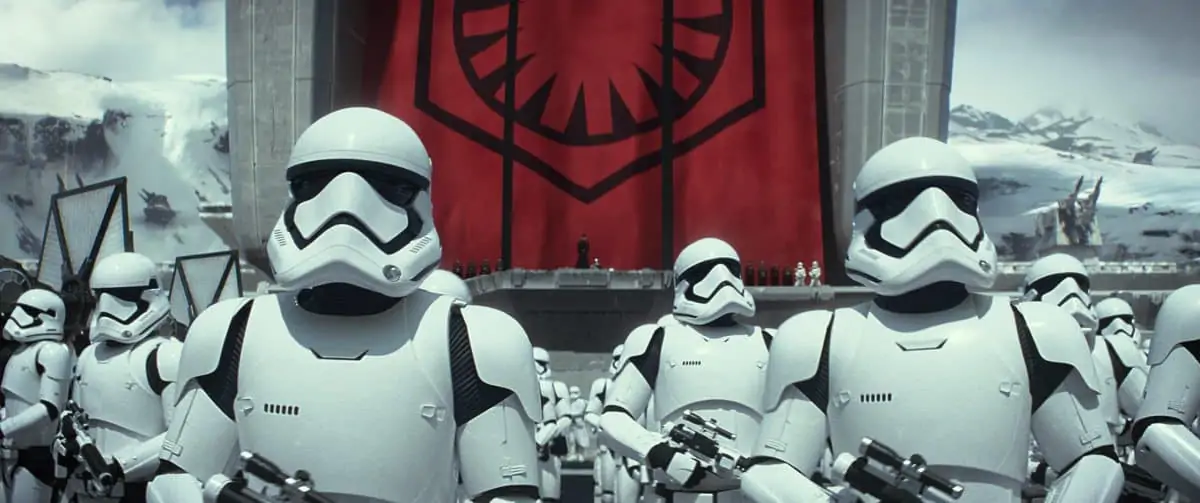
Mindel found that i-dailies wasn’t quite ready for the job he proposed they take on. “They were in demand and under-equipped for a movie of the size we were going to give them,” he says. “Fortunately, our schedule pushed and that gave me more time to put copious camera tests into the lab and see how the quality control was going to be.”
In a stroke of luck, one of the second units began shooting in Iceland to capture the snowy landscape before it melted. That gave Mindel the chance to test out the lab before principal photography began.
“It enabled me to put real-time dailies through the lab and to use them to get the lab up and running the way we wanted to work,” says Mindel, who singles out i-dailies’ Nigel Horn and Clive Noakes as doing “a great job. The lab stepped up to the plate and functioned in a completely professional way, and delivered dailies the way we needed them.”
With the lab in place, Mindel set up his basic workflow. After the film was processed at
i-dailies, the negative was shipped to Company 3 in London; a driver transported a hard drive back to Pinewood so the crew could watch digital dailies on a big screen. That’s of great importance to Mindel, who notes that a big screen enables him to keep an eye on focus as well as exposure. The entire camera department watched dailies in the morning before they began the day’s work, an important feature of how Mindel prefers to work.

"It was absolutely incredible, I was able to deal with 1,000 people a day on the main set, which is insane if you think about it, in the middle of the desert. They were feeding us, transporting us, we had cell phone coverage… it was phenomenal. This is the industry we live in now."
- Dan Mindel ASC BSC
Although a couple of assistants were brought in from the US (to manage the flow of information and material to editors Maryann Brandon and Mary Jo Markey, studio executives and visual effects company Industrial Light & Magic), Mindel says, “we were able to find excellent crew in England,” from the art department to the grips. “The grip and electric were some of the best people I’ve ever worked with, anywhere in the world,” singling out gaffer Perry Evans, plus grips Gary and Paul Hymns and Gizza Smith in particular. “It’s hard to find people who are so committed to what they do.”
In the original Star Wars, the crew went to Tunisia; for The Force Awakens, the crew ended up in Abu Dhabi, which had built up infrastructure to appeal to film productions.
On the stage, the crew shot using sets that were exact replicas of those used on the original film, including – and especially -- the Millennium Falcon. “That’s iconic,” says Mindel. “It couldn’t be changed physically although the movie was set 35 years later.” Because he wasn’t able to retrofit or change the Millennium Falcon in any way, that restricted his lighting plan as well. “We used the lighting plans and fixtures that were already there,” he says.
Mindel consciously stayed away from using gear that didn’t exist – such as the Technocrane – when the original Star Wars was made. “We tried to use dollies,” he says. “We did a lot of ‘dance floor’, where the dolly and actors are choreographed on a floor that allows the dolly to move anywhere as opposed to staying on track. The dolly grips [Hymns and Smith] were like ballet dancers the way they were able to move the camera around the floor with the actors. That is a spectacular way to make films. The guys on camera and dolly have to listen to the dialogue, know the script and, on cue, move with the actors without messing it up. There are four, five, six people working at once to get it right. We did this a lot, and it’s fabulous to watch.”
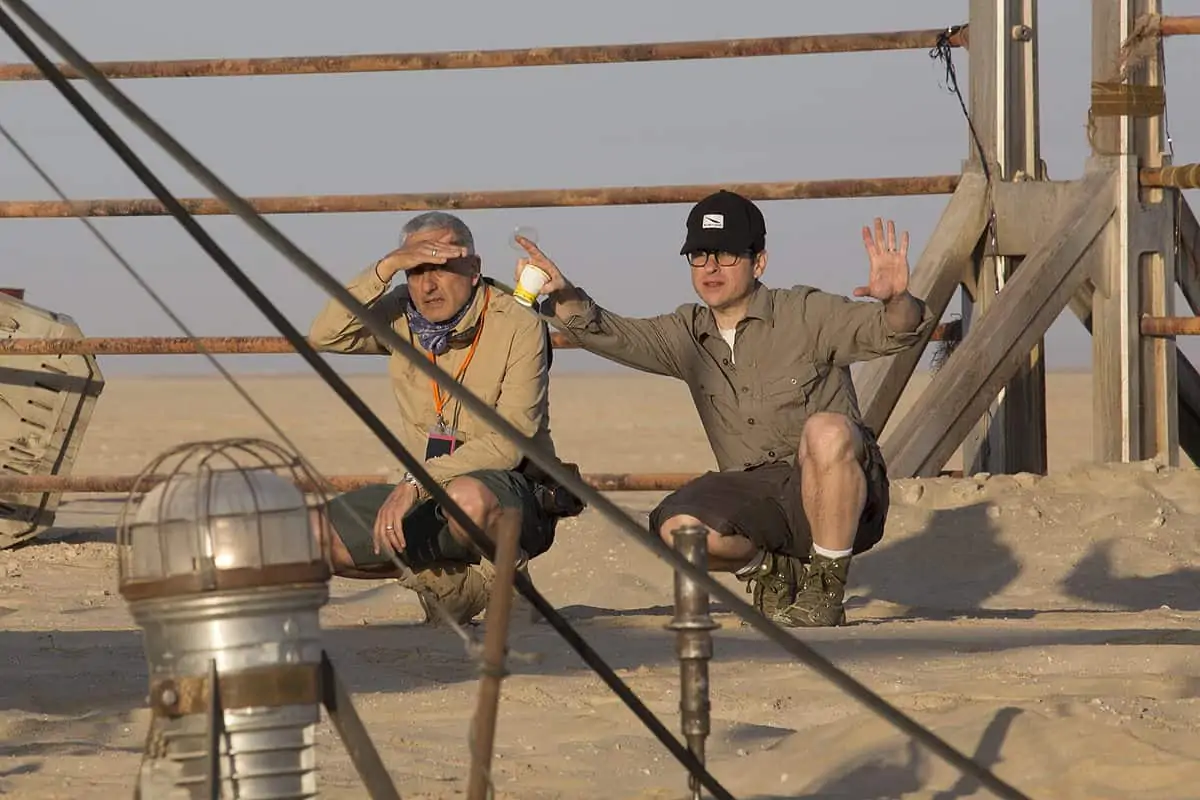
Another important production continuity from the original Star Wars was Industrial Light & Magic, which was born out of its pioneering work on the original Star Wars. “ILM has so much experience working with film that it wasn’t an issue at all,” says Mindel. “JJ and I, on every single movie we’ve done together have used ILM as our VFX go-to people. They have taught us so much about how to do this in a meaningful way that doesn’t jar the viewer when you’re immersed in the movie.”
With all its many moving parts, Mindel stresses that, “every piece [of Star Wars Episode VII: The Force Awakens] is made with care, love and attention.” “I’m not even talking about the other departments,” he says. “I’m just talking about the camera department. I want to get across that film needs to be preserved. We took what we know and what was in front of us and were able to use it in the way that people have been making movies for 100 years. The result is a hand-made, analogue-derived film.”

